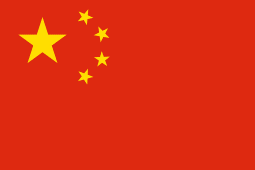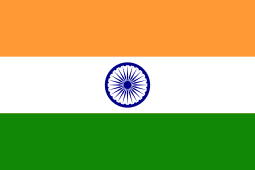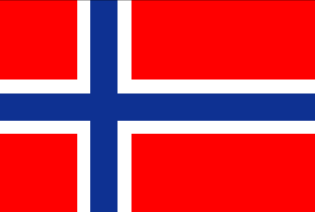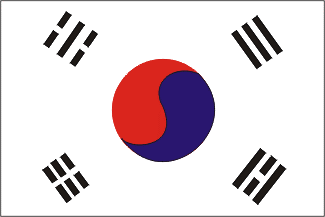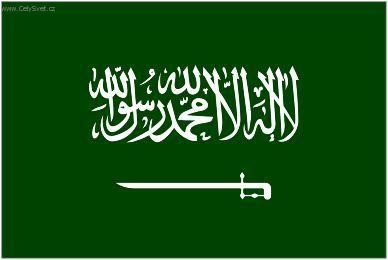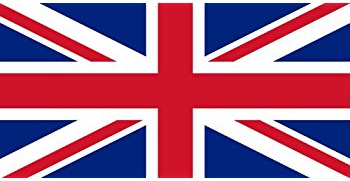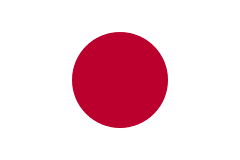
Japan
According to the OECD, in 2020 Japan was one of the top 5 countries in the DAC in terms of provision of ODA (in absolute terms). It was ranked fourth and the volume was US$ 16.2 billion, 0.31 percent of Japanese GNI (OECD 2021).
Bilateral Relations
Nepal and Japan established diplomatic relations in 1956. In 1968, the Embassy of Japan was established and in 1978, the Japan International Cooperation Agency (JICA) office was opened in Nepal. Since 1969, Japan has been supporting Nepal for social and economic development activities.
Japan maintains an Embassy in Kathmandu. Mr. Masamichi Maigo is the Ambassador to Nepal at present (December 2021). Nepal has an embassy in Tokyo, Japan with two consulate offices in Fukuoka and Osaka.
Development Cooperation
Japan has been a development partner of Nepal since 1969. Beginning in 1975, Japan provided support to construct several economic infrastructural facilities including the Kulekhani Hydroelectric Power Plant, the Kaligandaki Hydroelectric Power Plant, the Udayapur Cement Plant and several bridges in Kathmandu.
During the period of 1980-1994, Japan also provided assistance to establish and expand the Tribhuvan University Teaching Hospital, the Water-Induced Disaster Prevention Technical Center and the Kanti Children’s Hospital.
Japan is the only bilateral development partner providing food grains (especially rice) and chemical fertilizers. Japan has been providing food grains since 1970 under the scheme popularly known as KR or KRI (Kennedy Round) and fertilizer assistance since 1977 under KRII.
Japan’s Major Support to Nepal by Sector
The followings are the major five sectors where Japan used to support over the last five year period.
- Education
- Road Transportation
- Earthquake Reconstruction
- Urban Development
- Agriculture
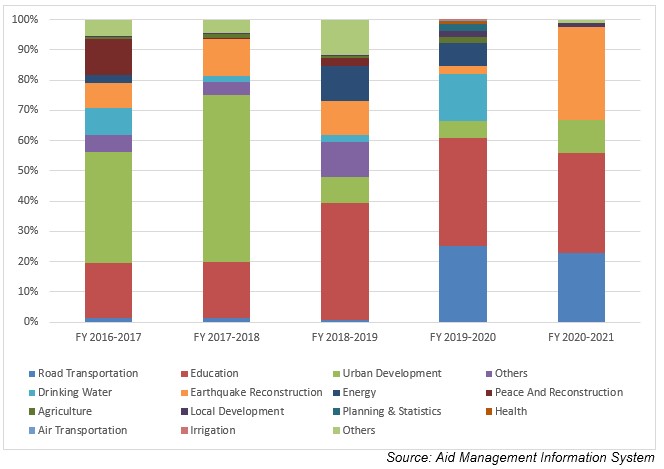
Japanese aid disbursement during FYs 2010/11-2019/20 (in US$)
|
Fiscal Year |
Agreement Amount |
Disbursement |
|
2016/17 |
219,949,168 |
77,652,833 |
|
2017/18 |
16,538,604 |
106,207,039 |
|
2018/19 |
22,248,869 |
110,502,190 |
|
2019/20 |
20,683,396 |
72,612,032 |
|
2020/21 |
2,820,504 |
32,977,147 |
Source: Aid Management Information System
Note: The Agreement Amount is not comparable with disbursement because disbursement here accounts for disbursement of each fiscal year only, whereas Agreement Amount refers to the project cost over the period (not only for single fiscal year but also beyond).
Japanese Aid disbursement during FYs 2016/17-2020/21 (in US$)
Over the last five-year period beginning from FY 2010/11 to FY 2019/20, a total of US$ 399.9 million Japanese aid was disbursed to Nepal. The highest level of annual disbursement amounting to US $ 110.5 million took place in fiscal year 2018/19. Similarly, the lowest level of disbursement of an amount of US $ 32.9 million was realized in fiscal year 2020/21. The average annual disbursement during the five year period remained at us $ 80 million.
During this period Japan government agreed to provide a sum of US $ 282.5 million to Nepal. The highest level of aid commitment stands at US $ 219.9 million in fiscal year 2016/17. Likewise, the lowest level of aid agreement was made of an amount of US $ 2.8 million in 2020/21. Though the amount disbursed is solely out of the committed amount, there is no direct relationship between the year, agreed amount and the disbursed amount.
Development Cooperation Strategy
Japanese development cooperation strategy for Nepal rests on: Infrastructure and institutional development for sustainable economic growth, Consolidation of peace and steady transition to a democratic state and rural poverty reduction.
Development issues identified under the Japanese cooperation strategies are: Social and economic infrastructure development; private sector development; Public Administration Capacity Building; agriculture and rural development; Education health sector improvement.
Japan has an ODA policy entitled ‘Country Development Cooperation Policy’ to guide its cooperation to Nepal. The major objective is to provide assistance for balanced and sustainable economic growth, focusing on Nepal’s graduation from LDC status. The priority areas (medium-term targets) are: (1) Recovery work and disaster resilient nation-building in both structural and non-structural aspects, (2) Social and economic structure and mechanism development which directly lead to economic growth and the national livelihoods improvement, (3) Poverty reduction and quality of life improvement and (4) Governance enhancement and basic framework development for democracy.
Updated
Economic Sector/ IECCD
January 2022


